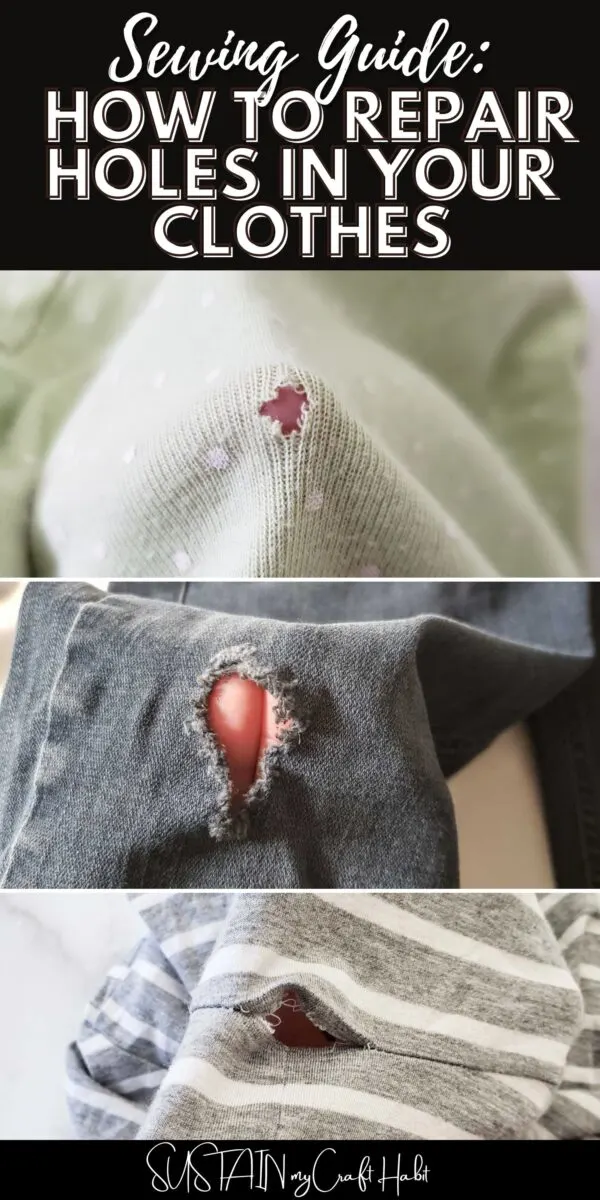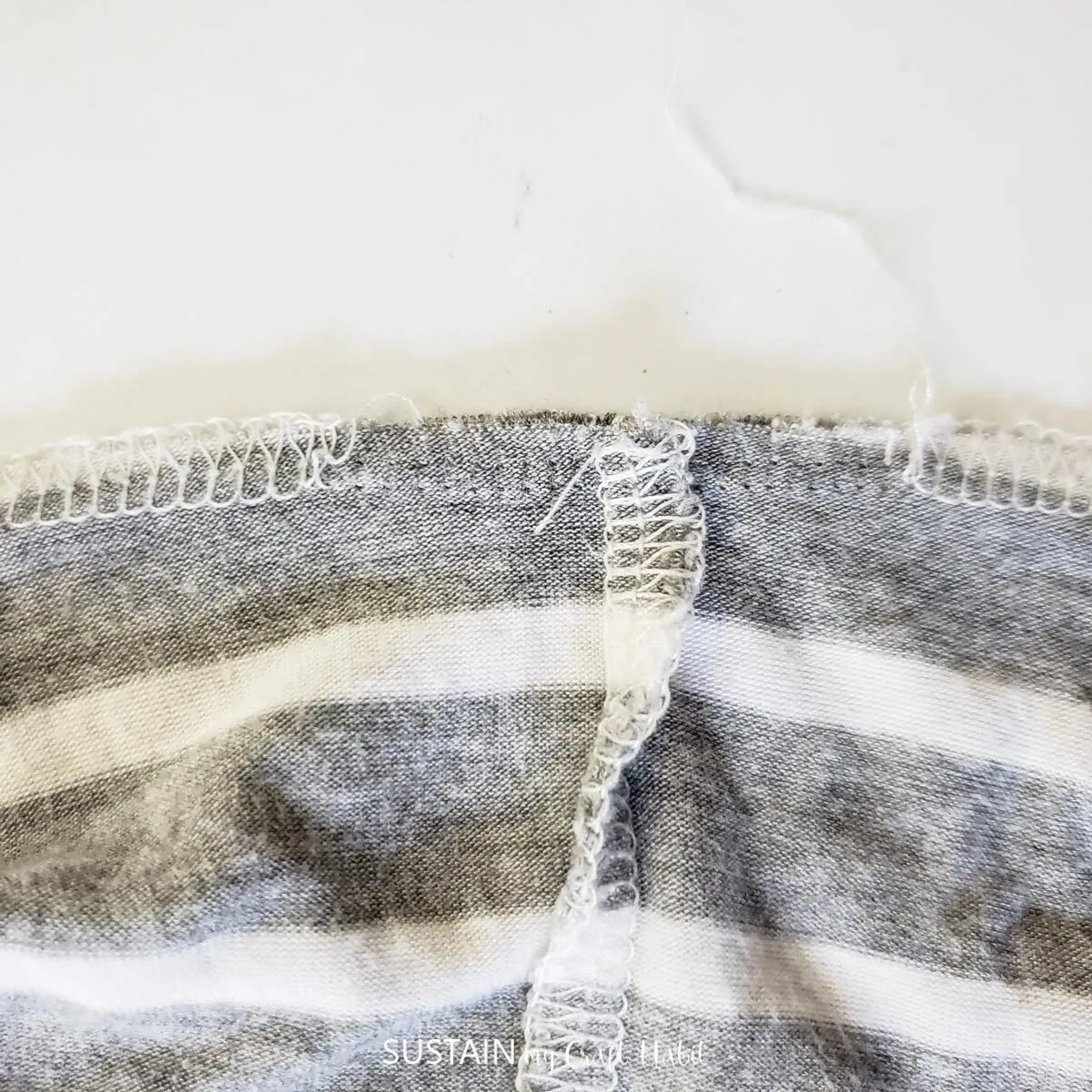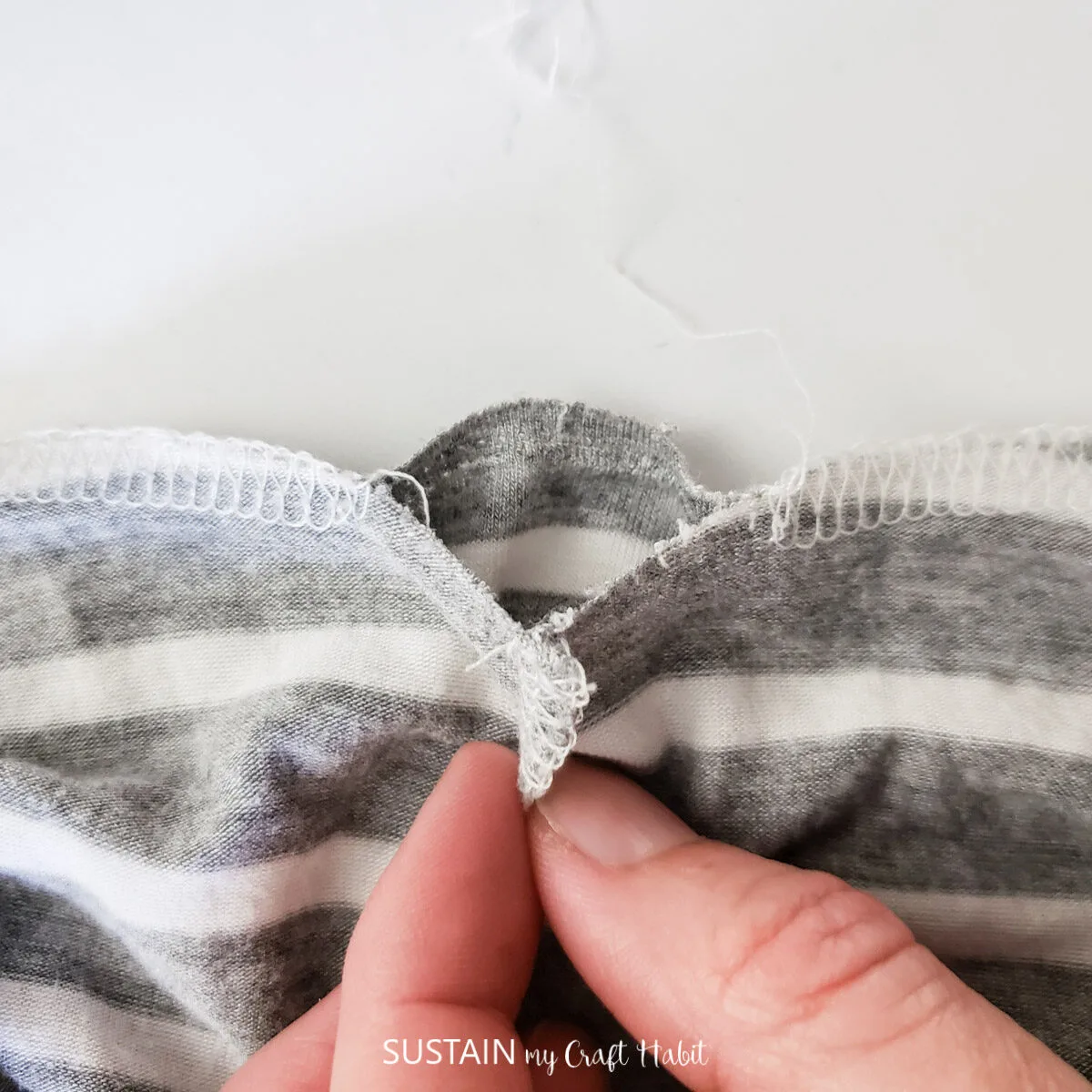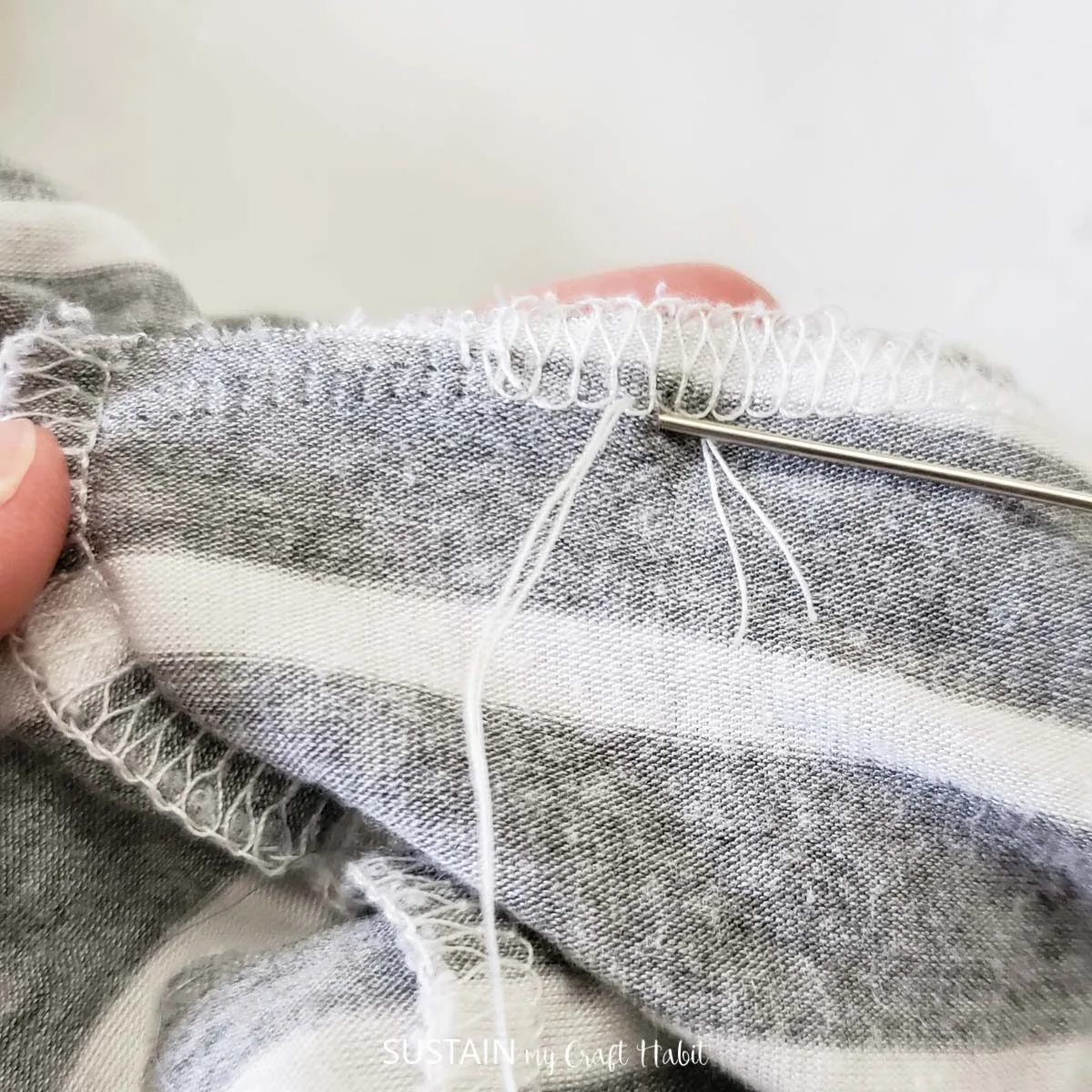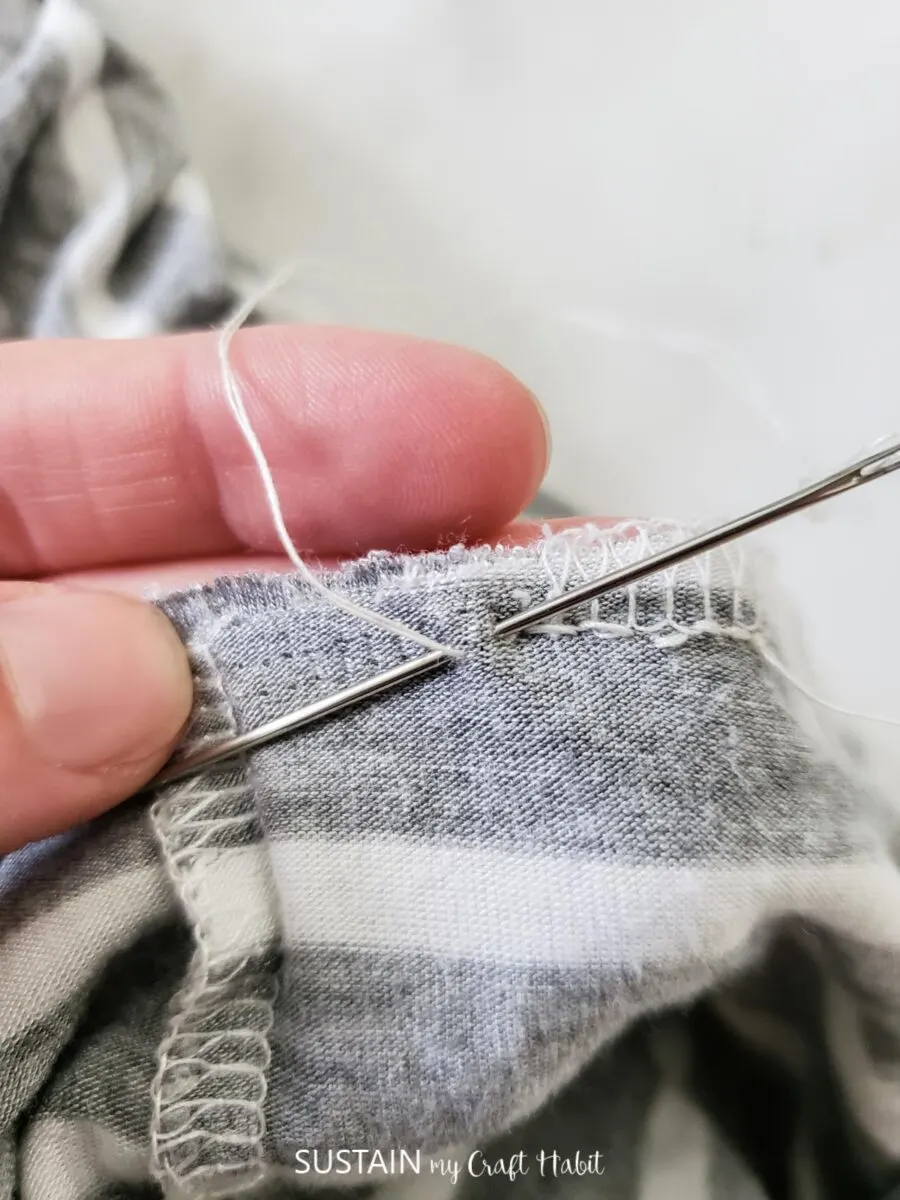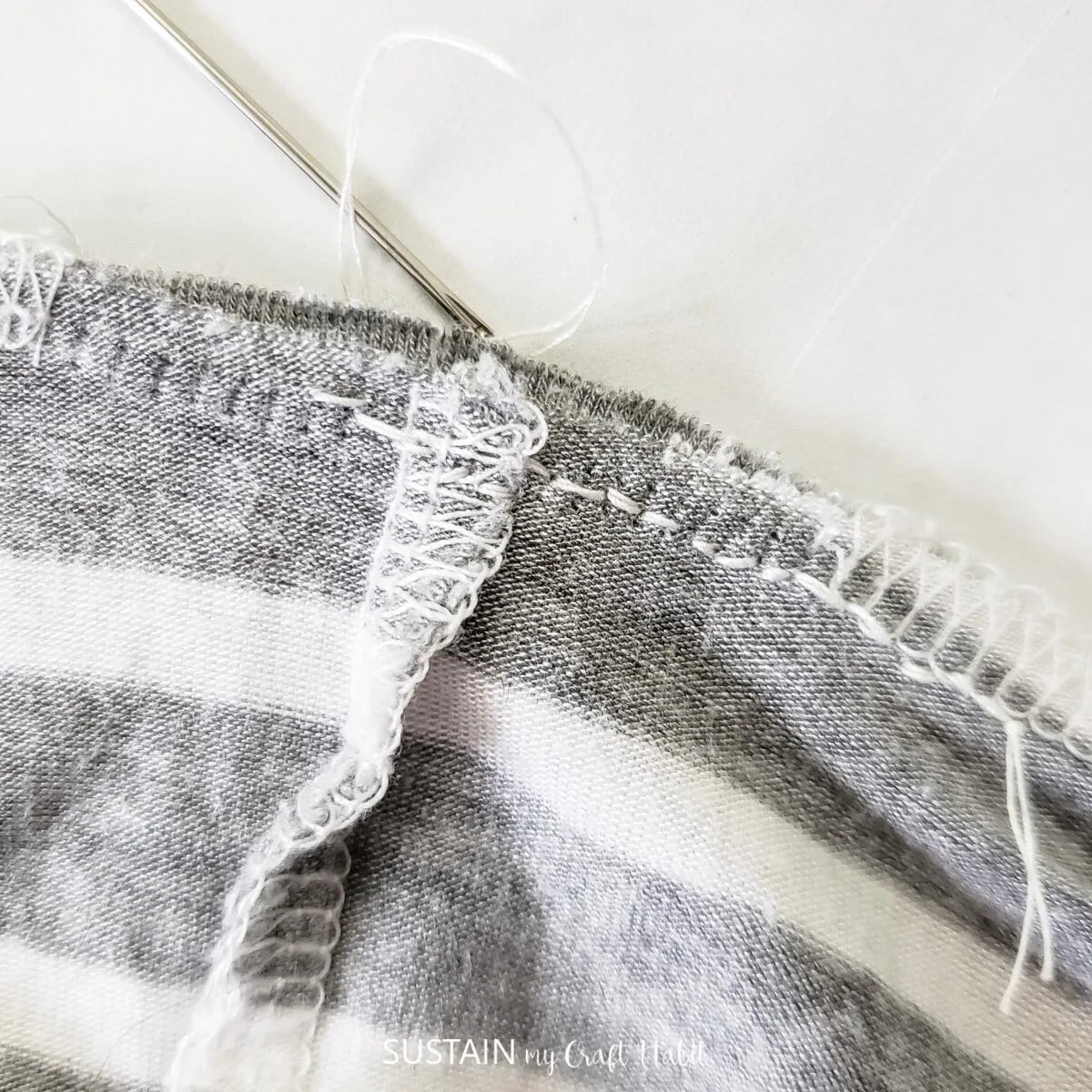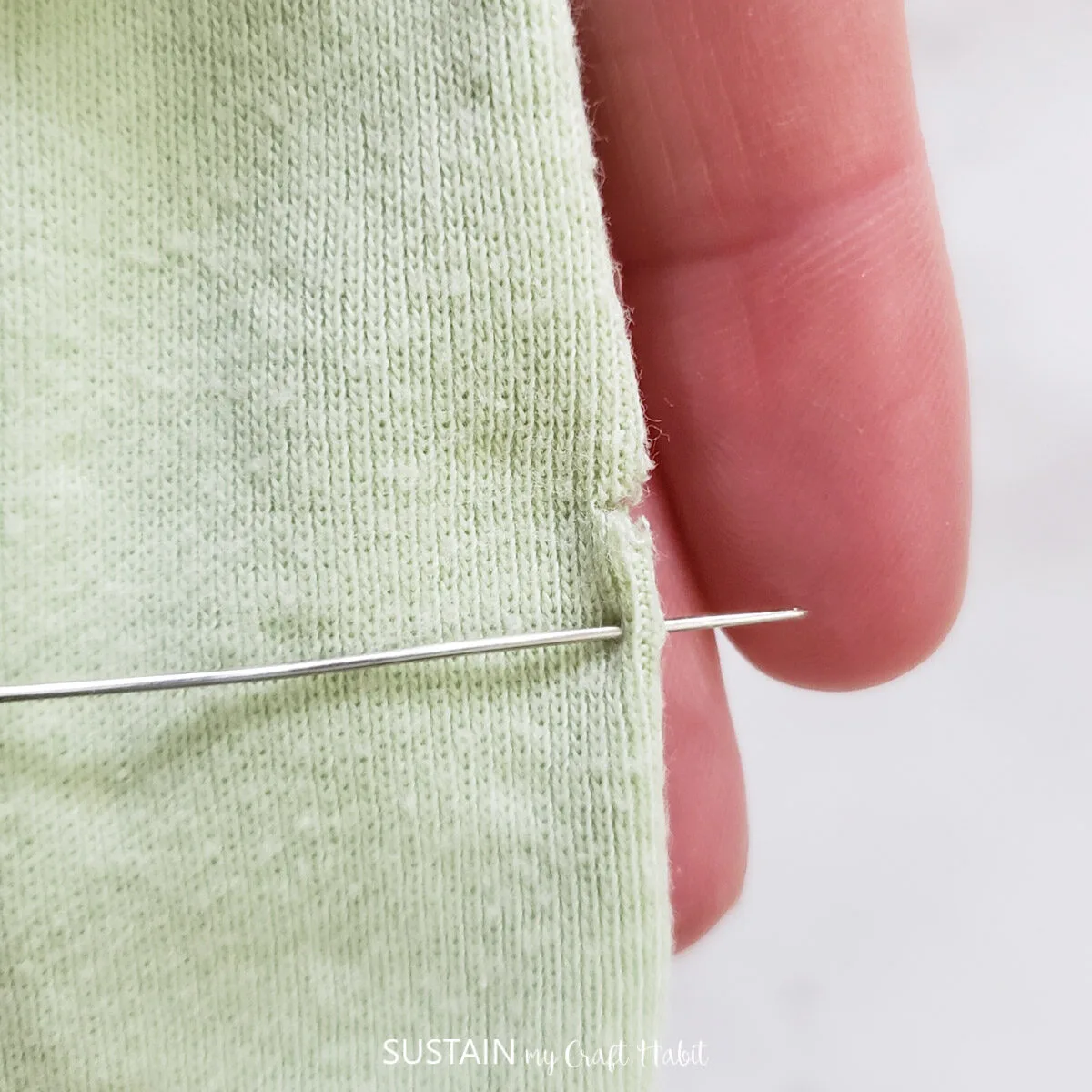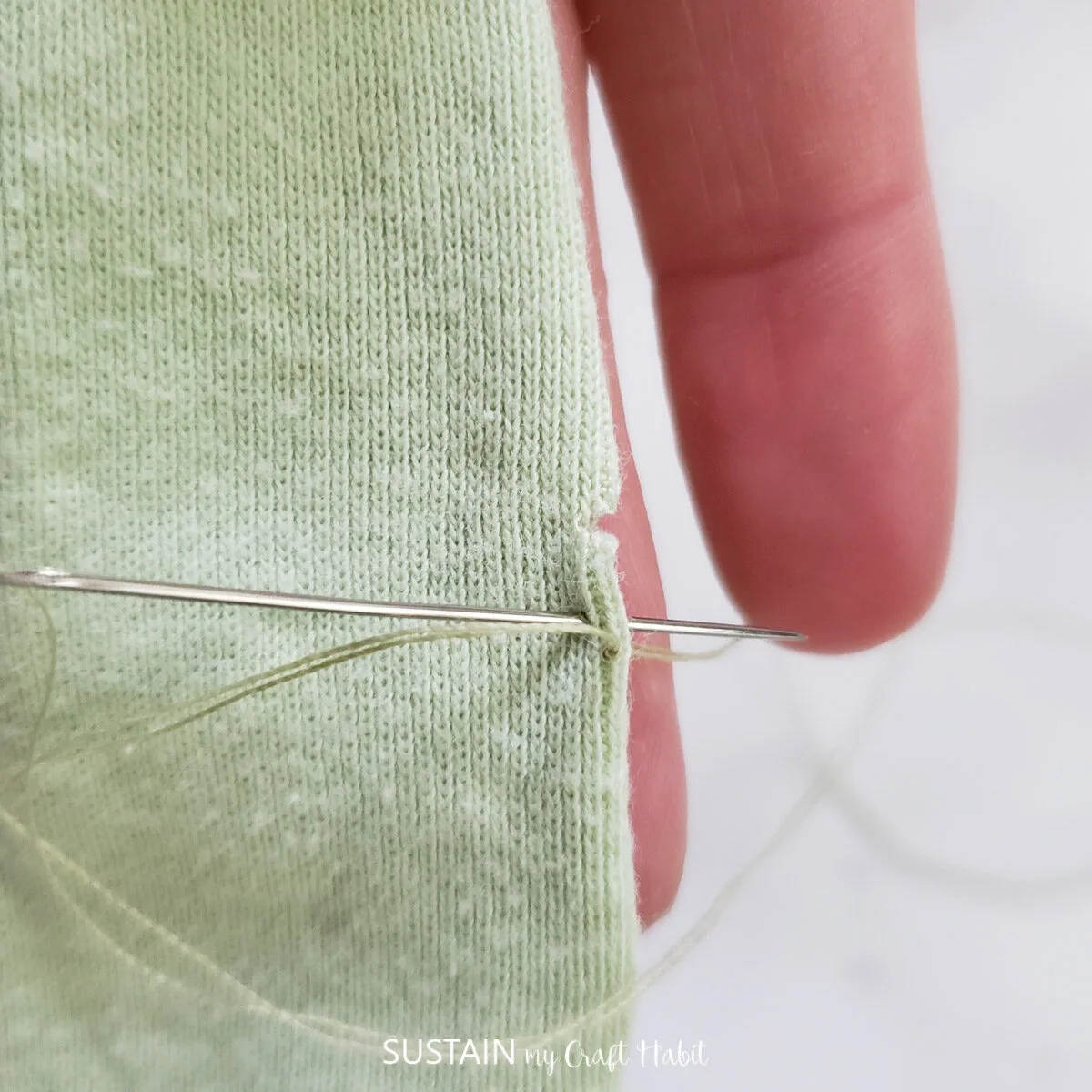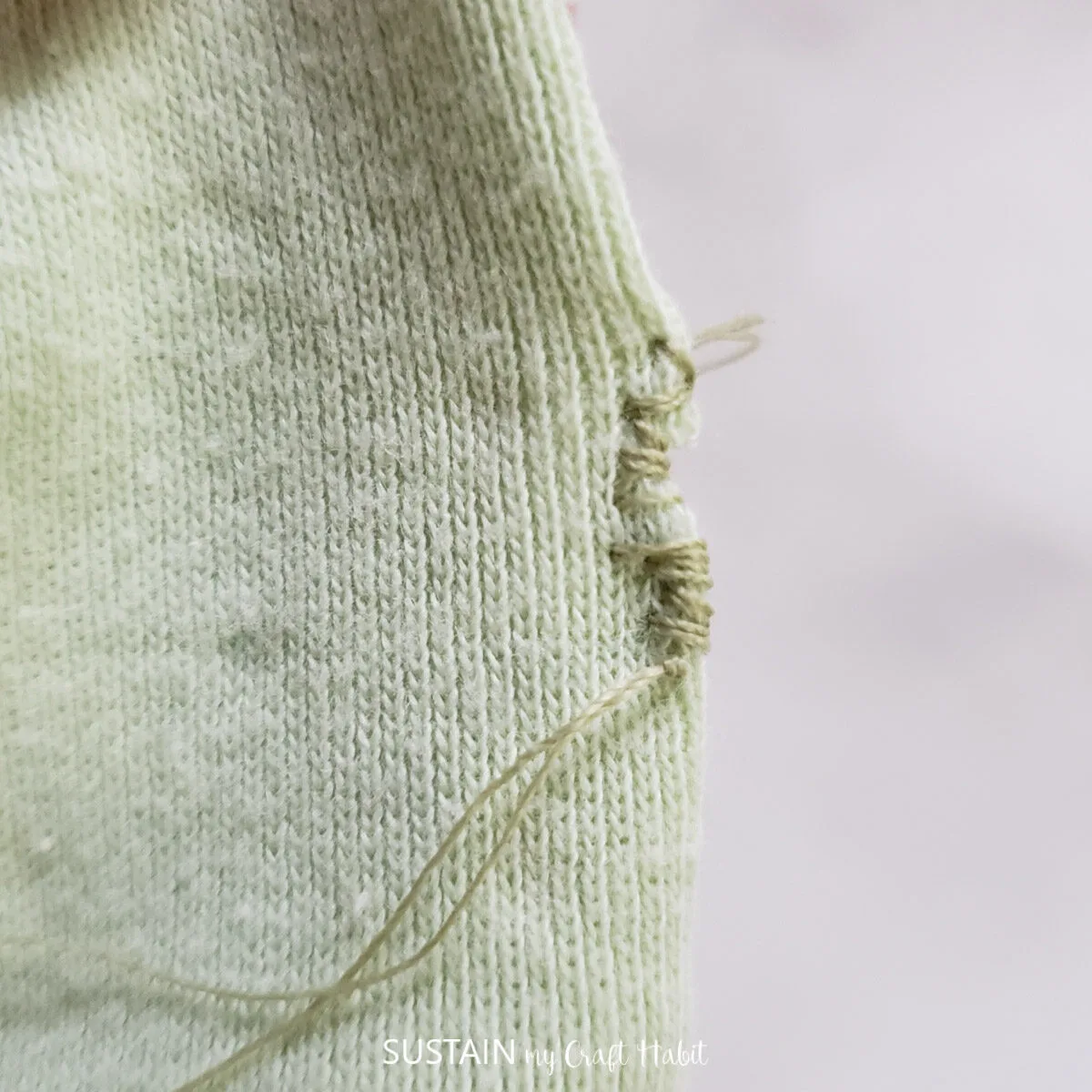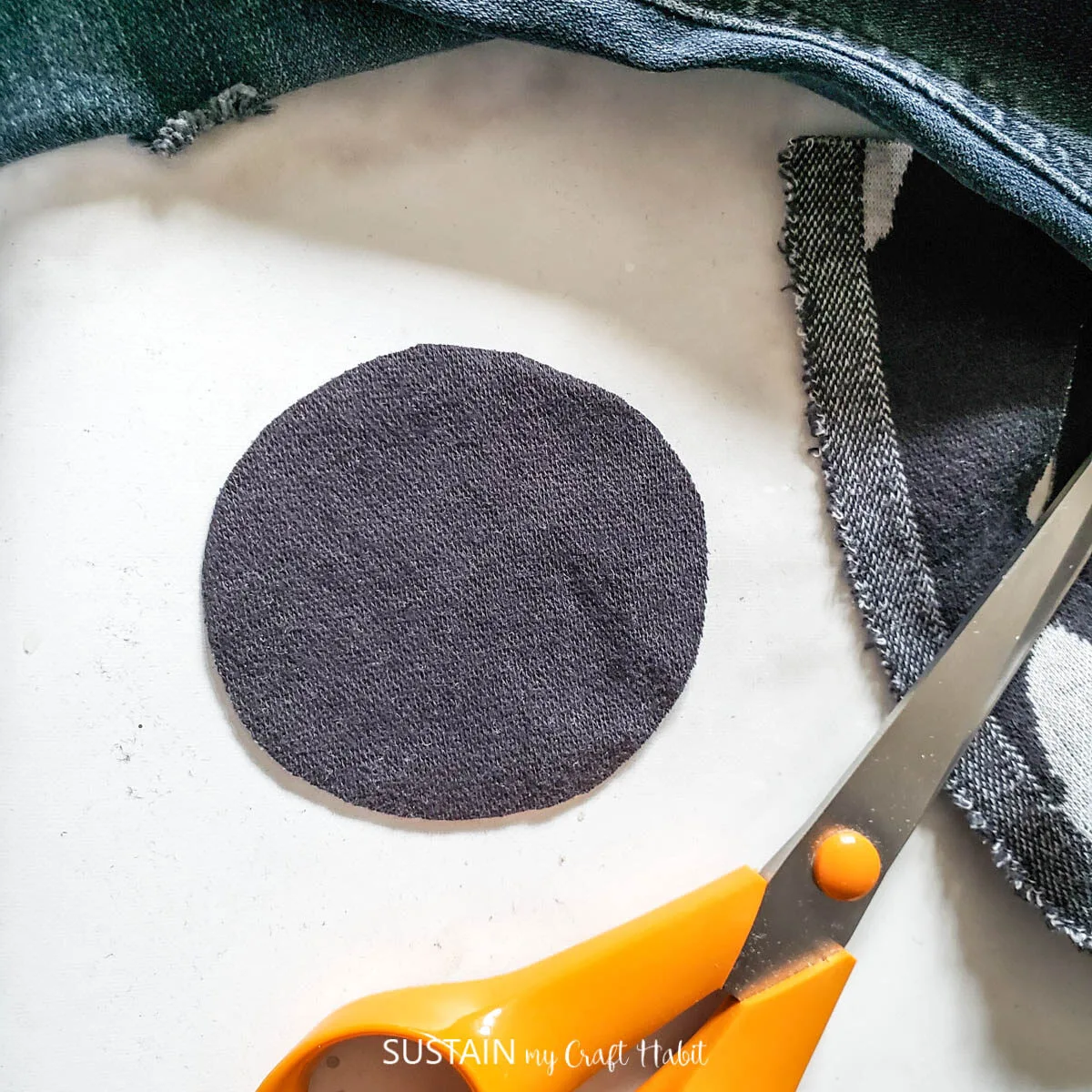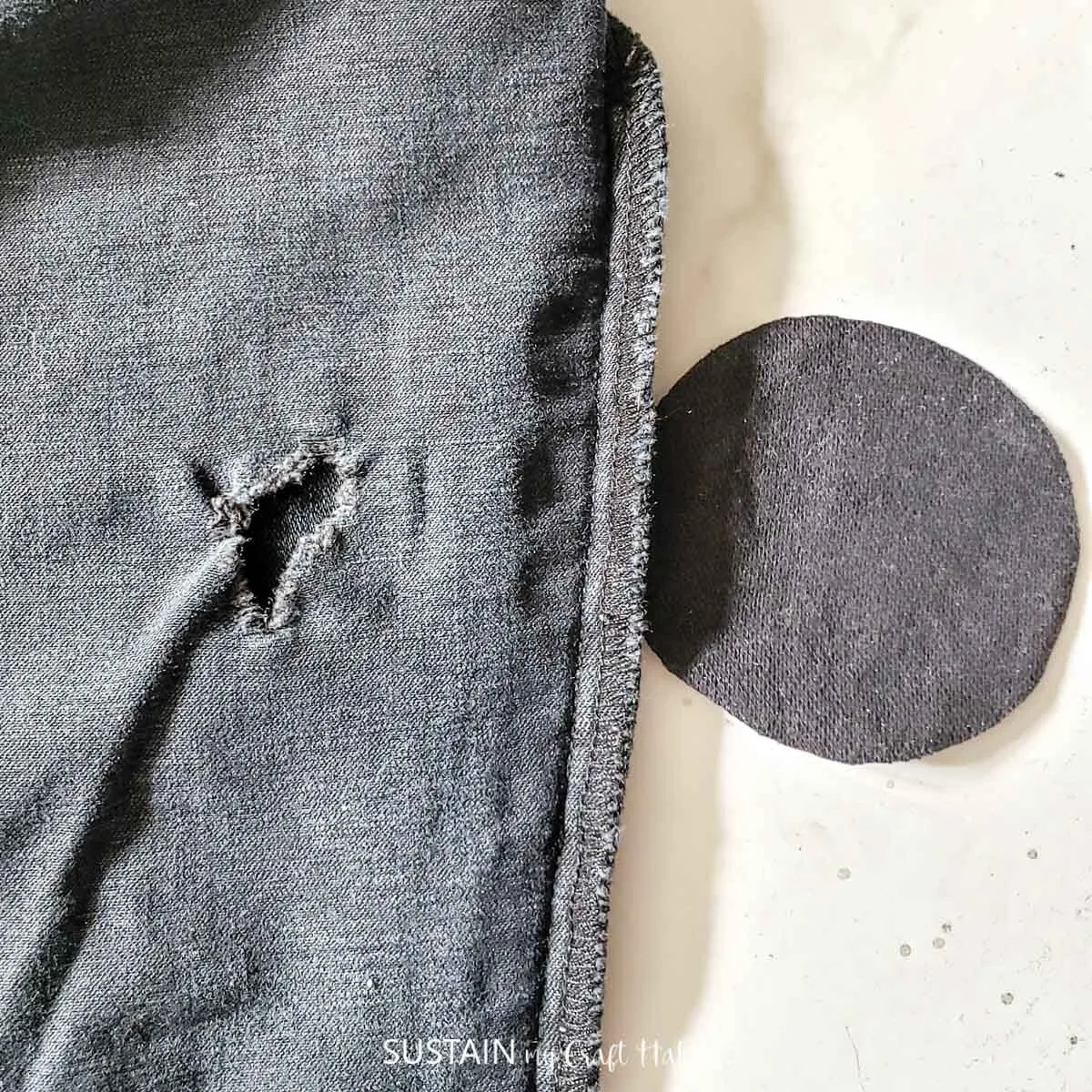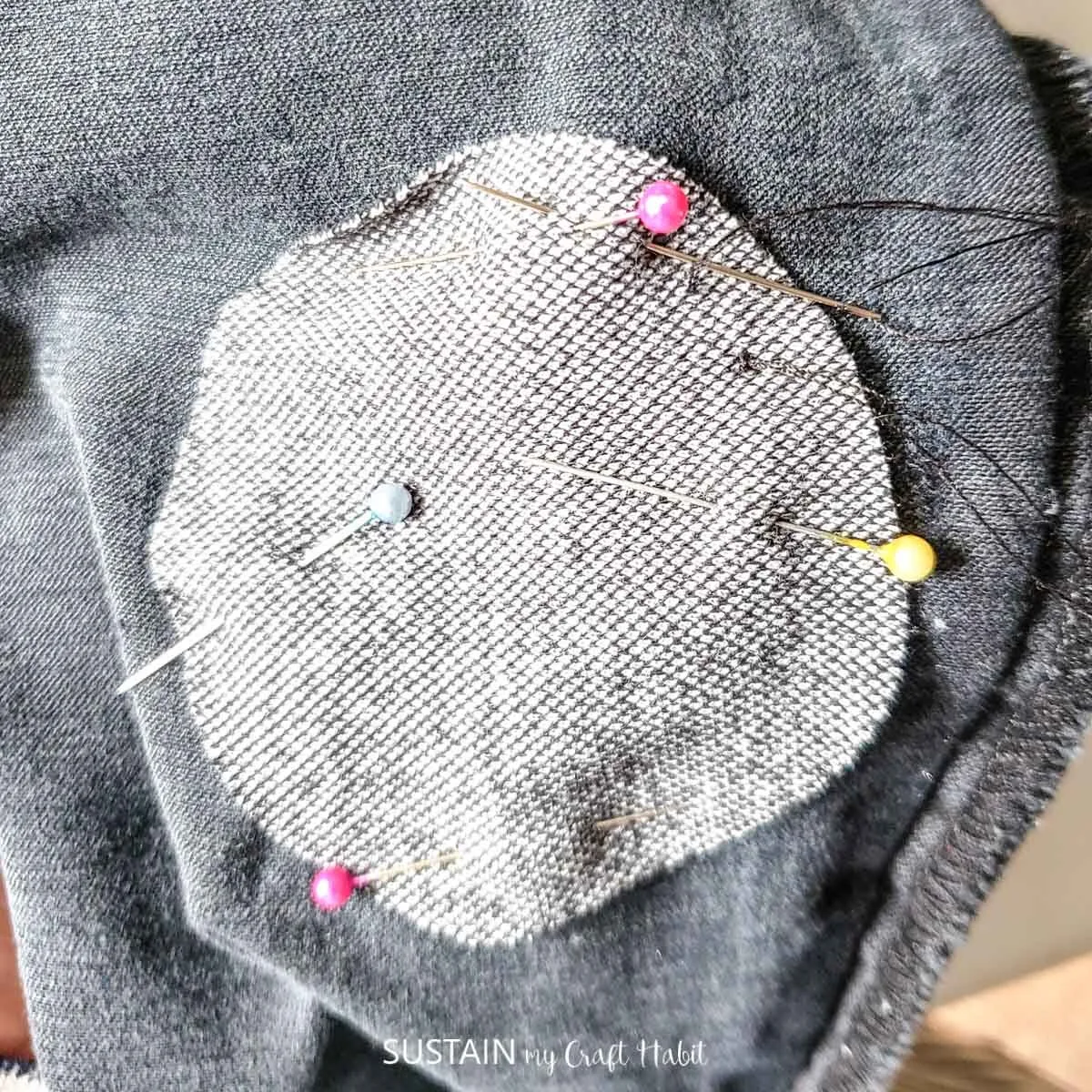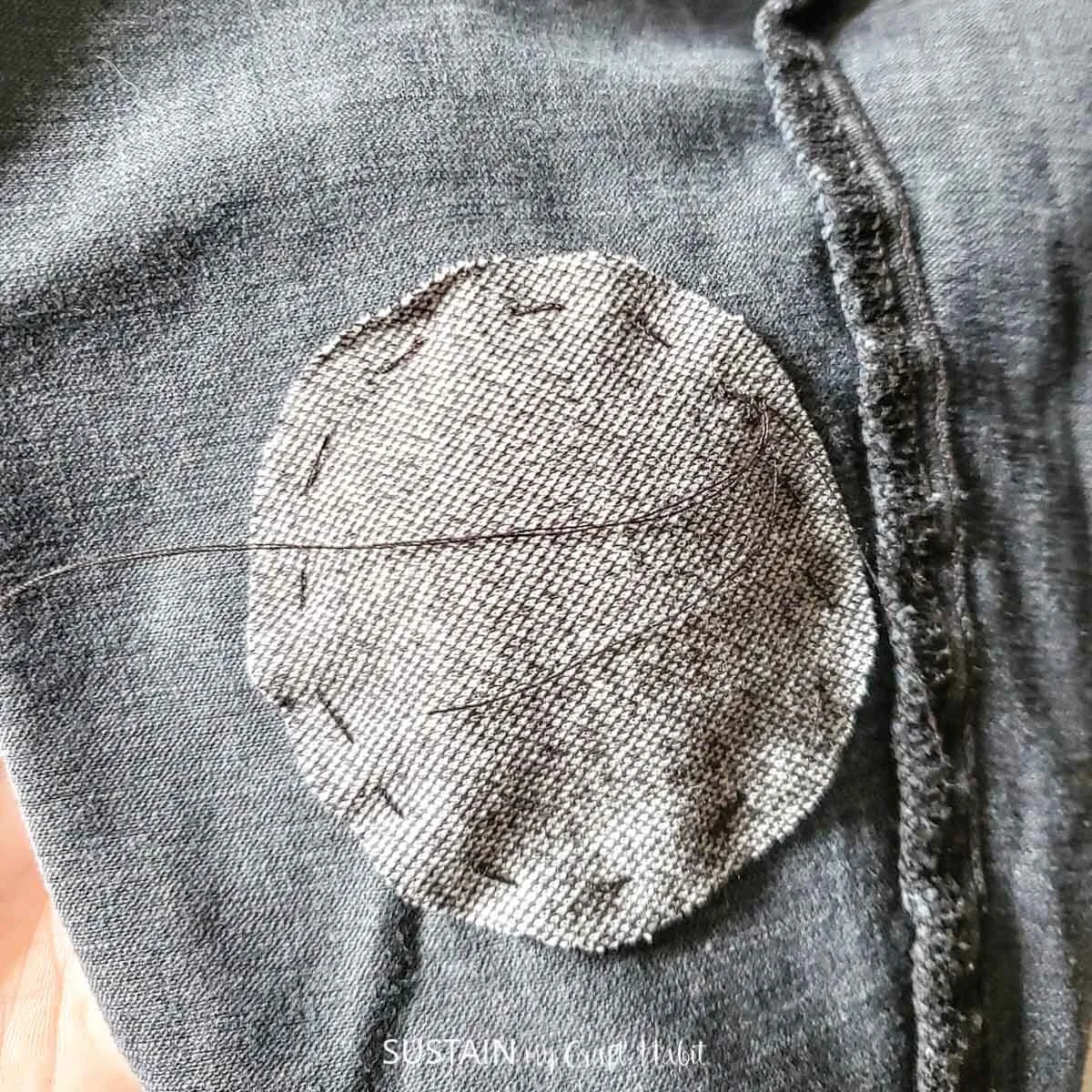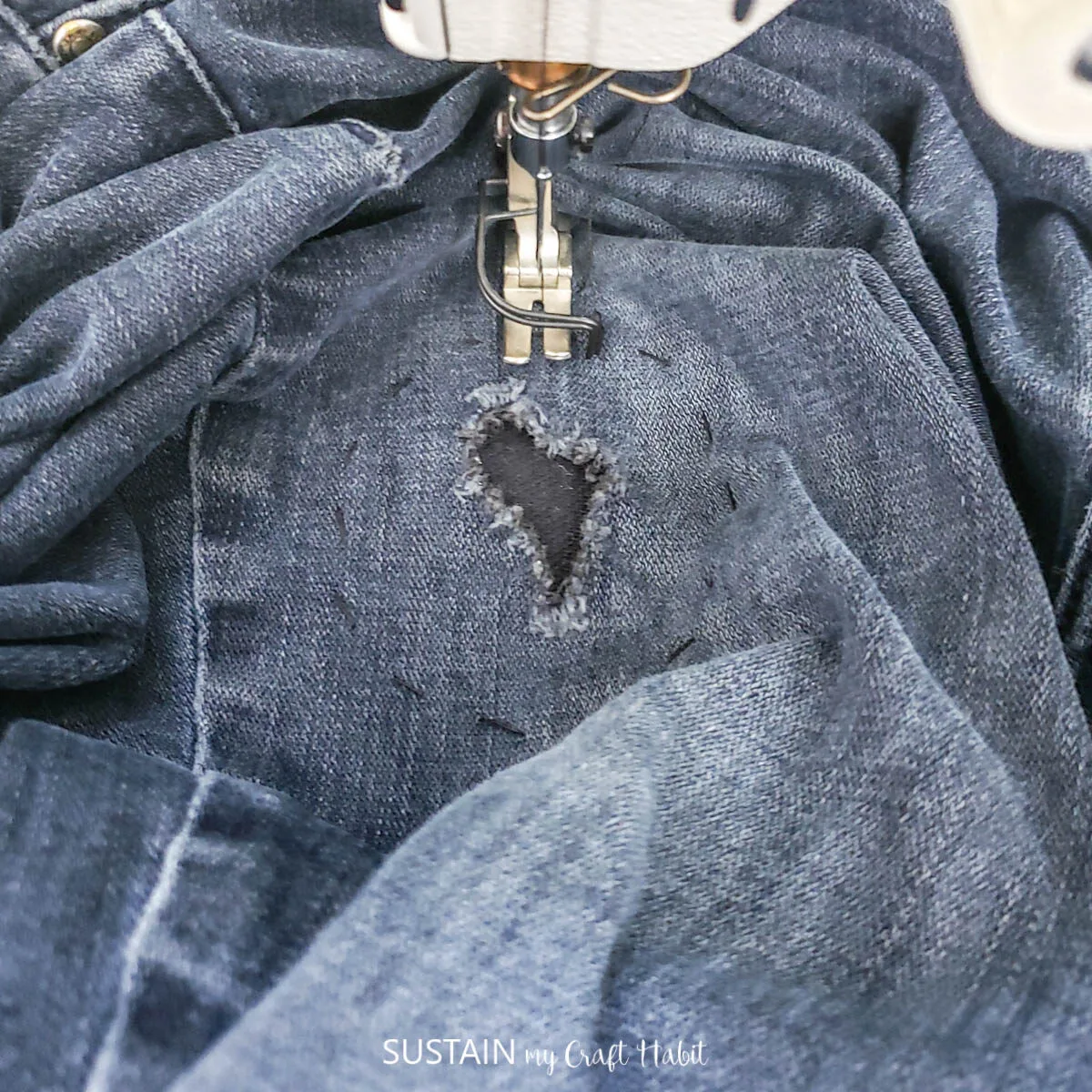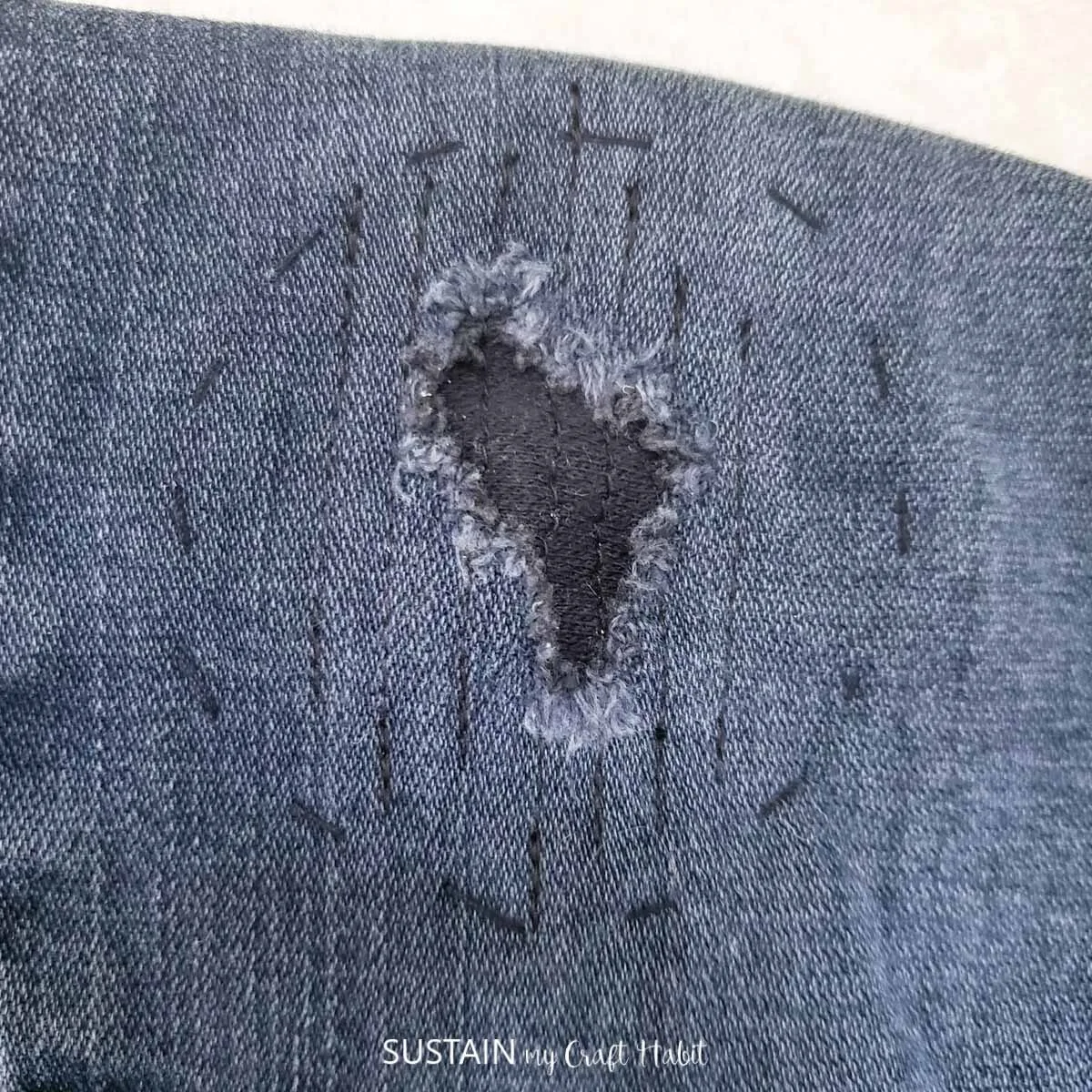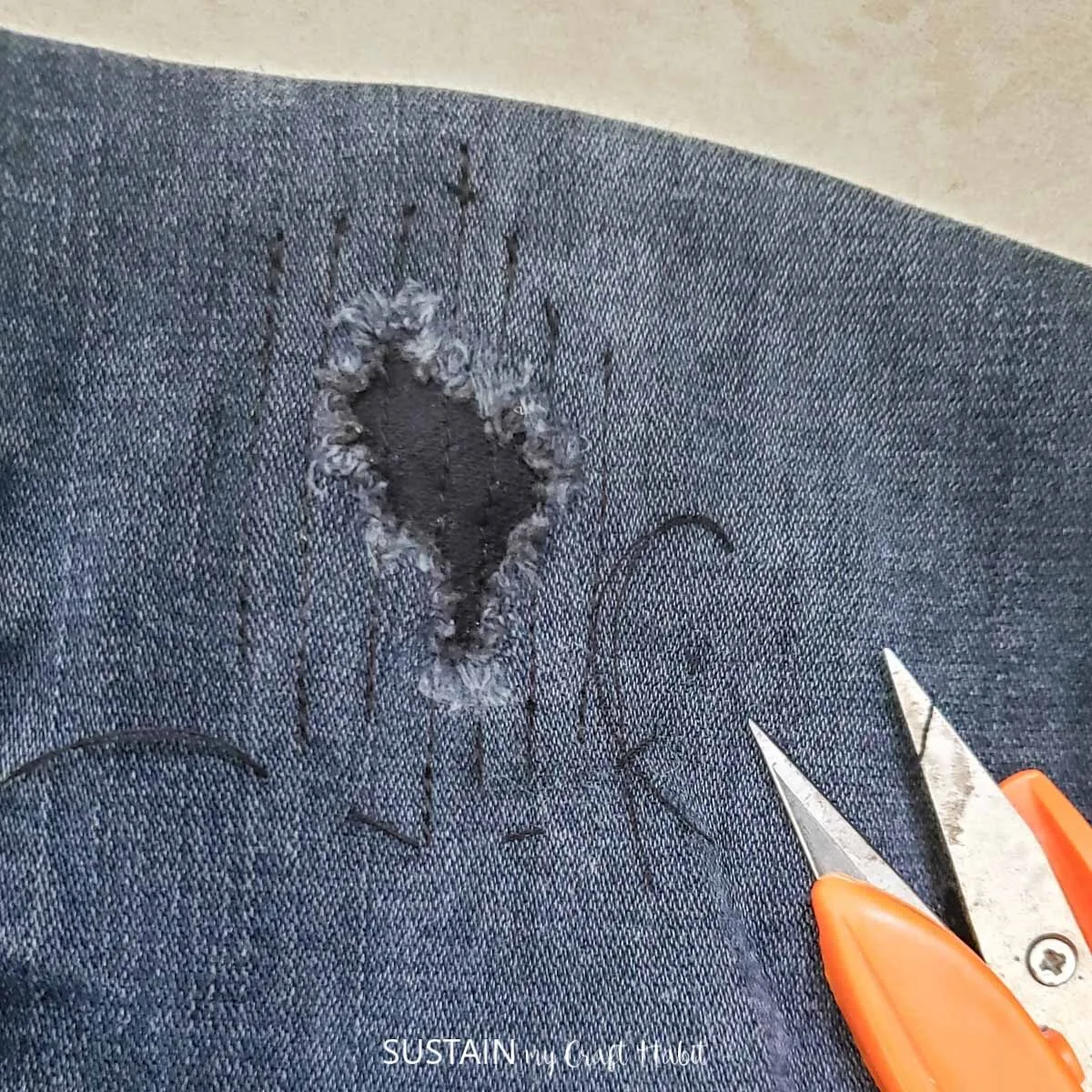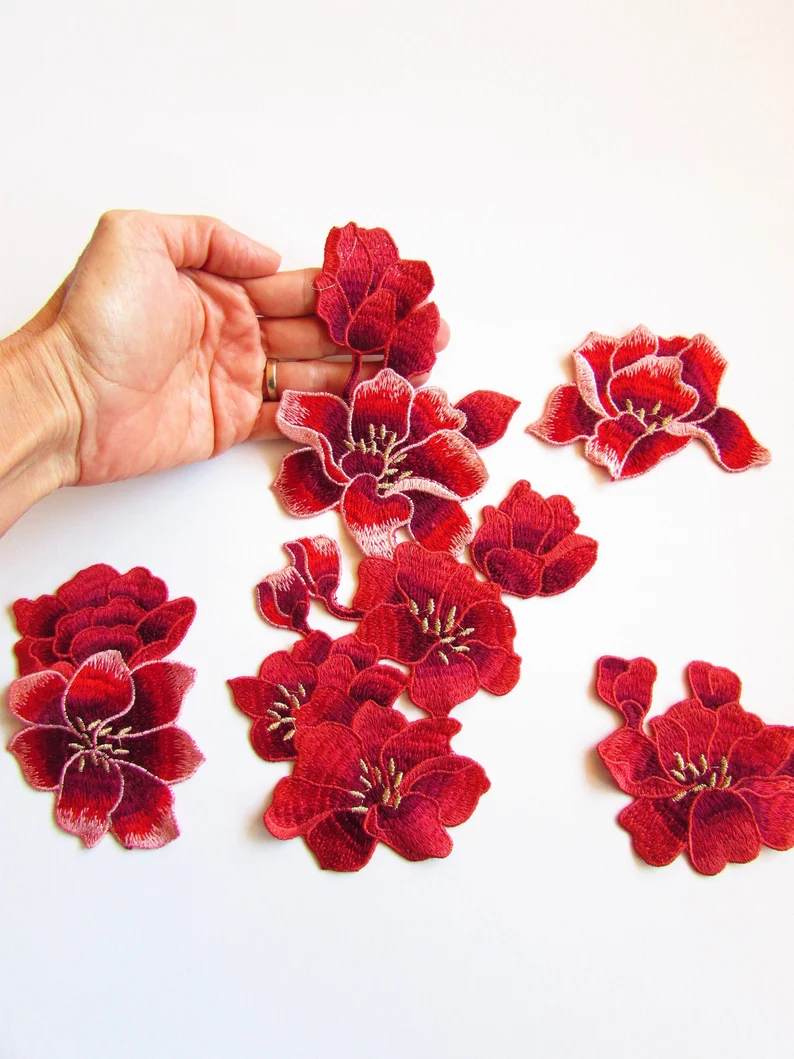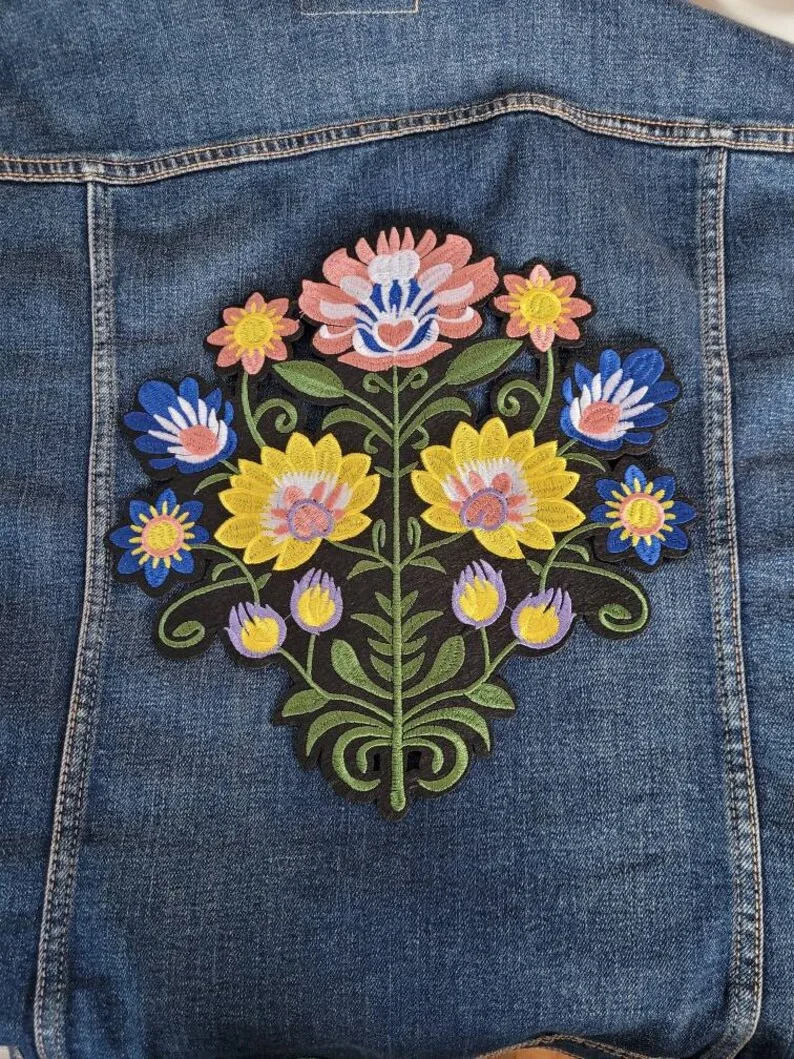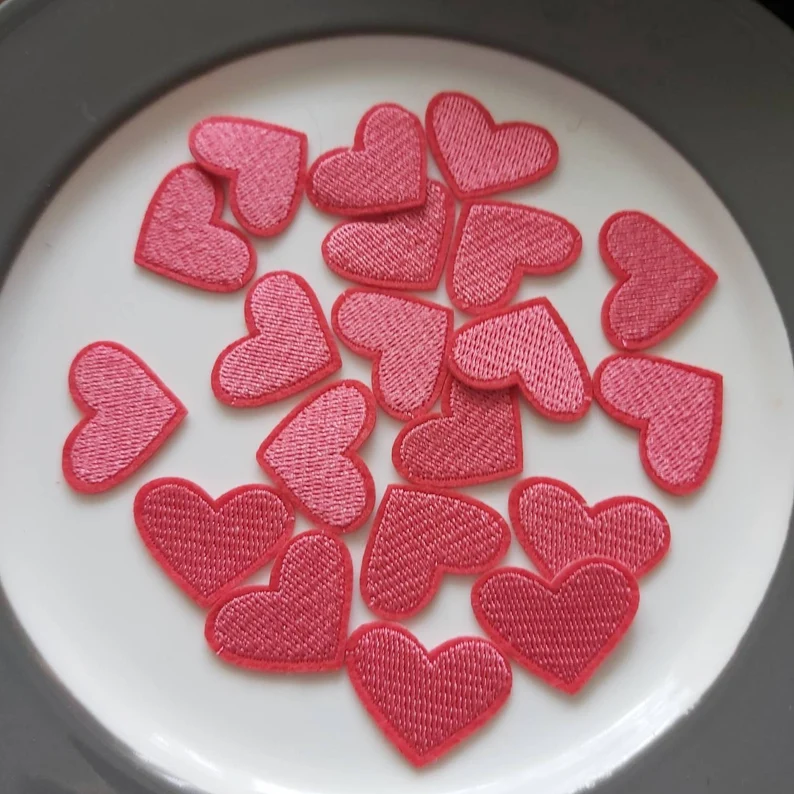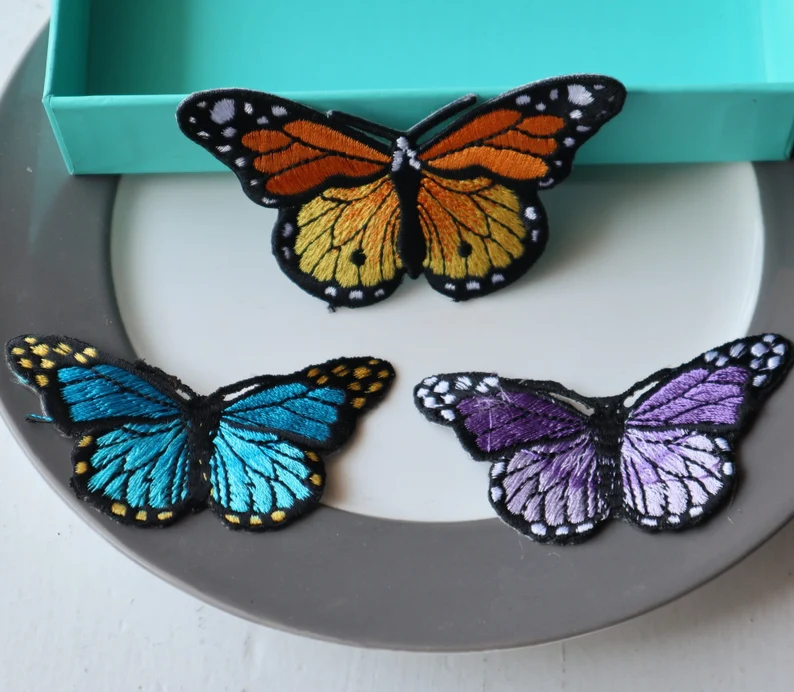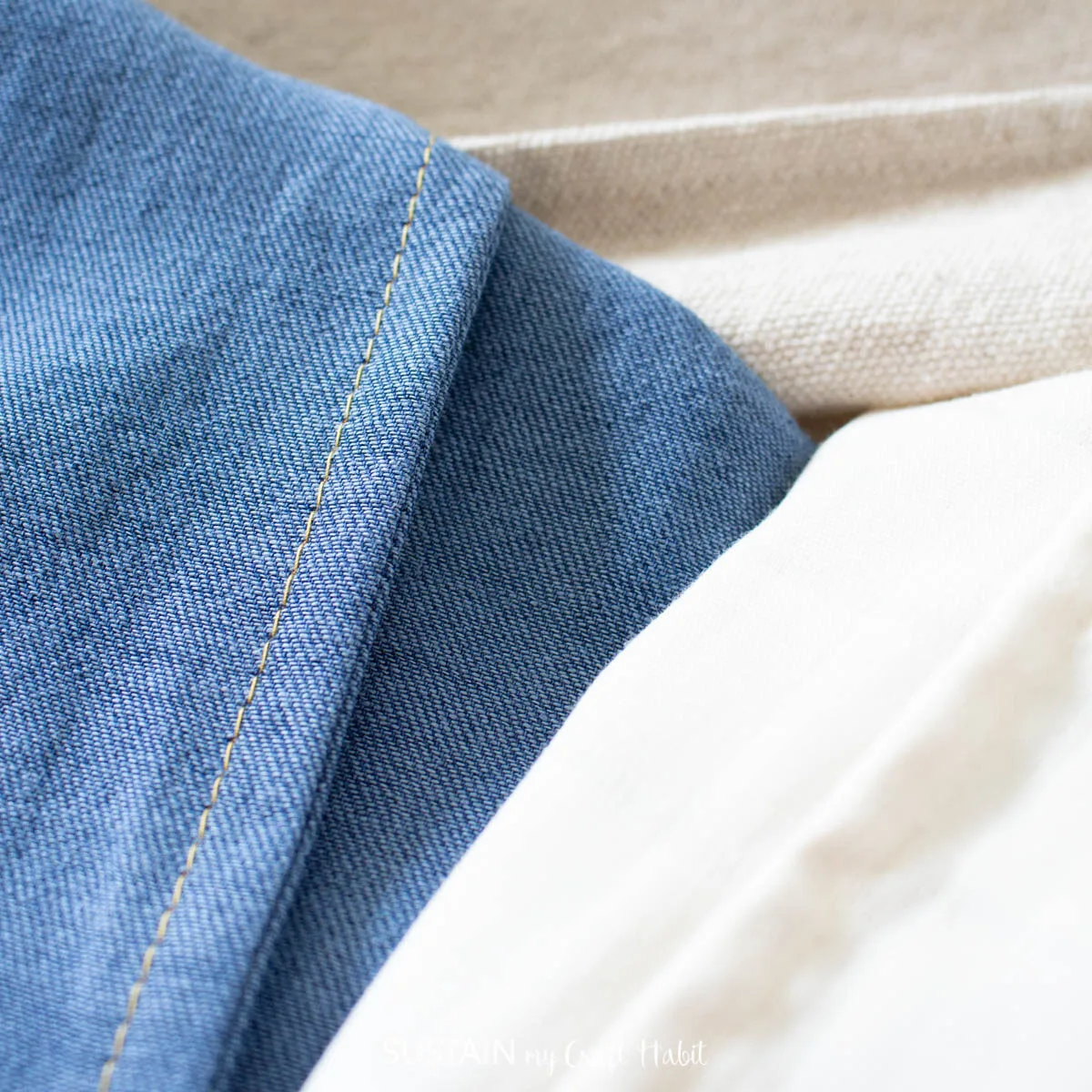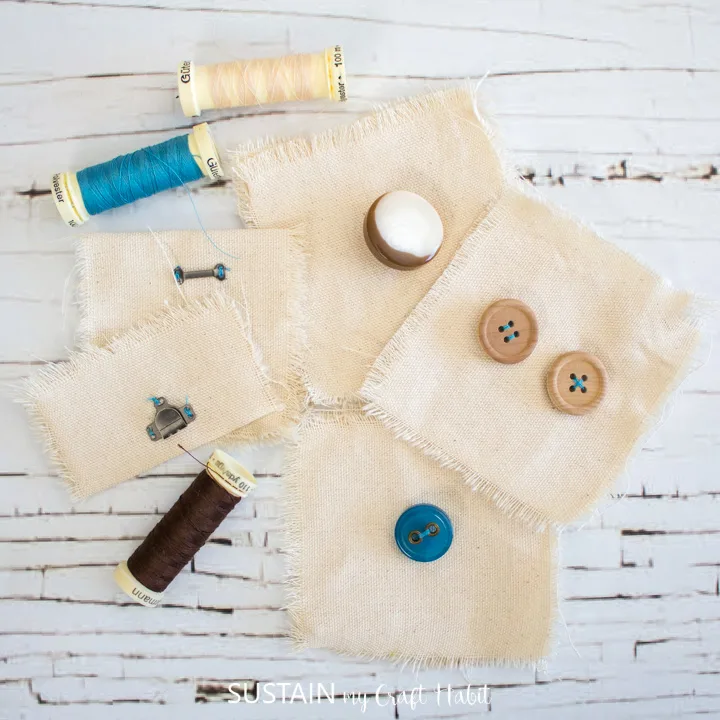Since I’m sure most of us have had a favorite piece of clothing ruined by a hole, rip or snag at one point in time or another, we’re sharing these easy steps to repairing holes so you can save that next t-shirt or pair of jeans.
We’ll take you through the step by step instructions for how to sew a hole: the right way.
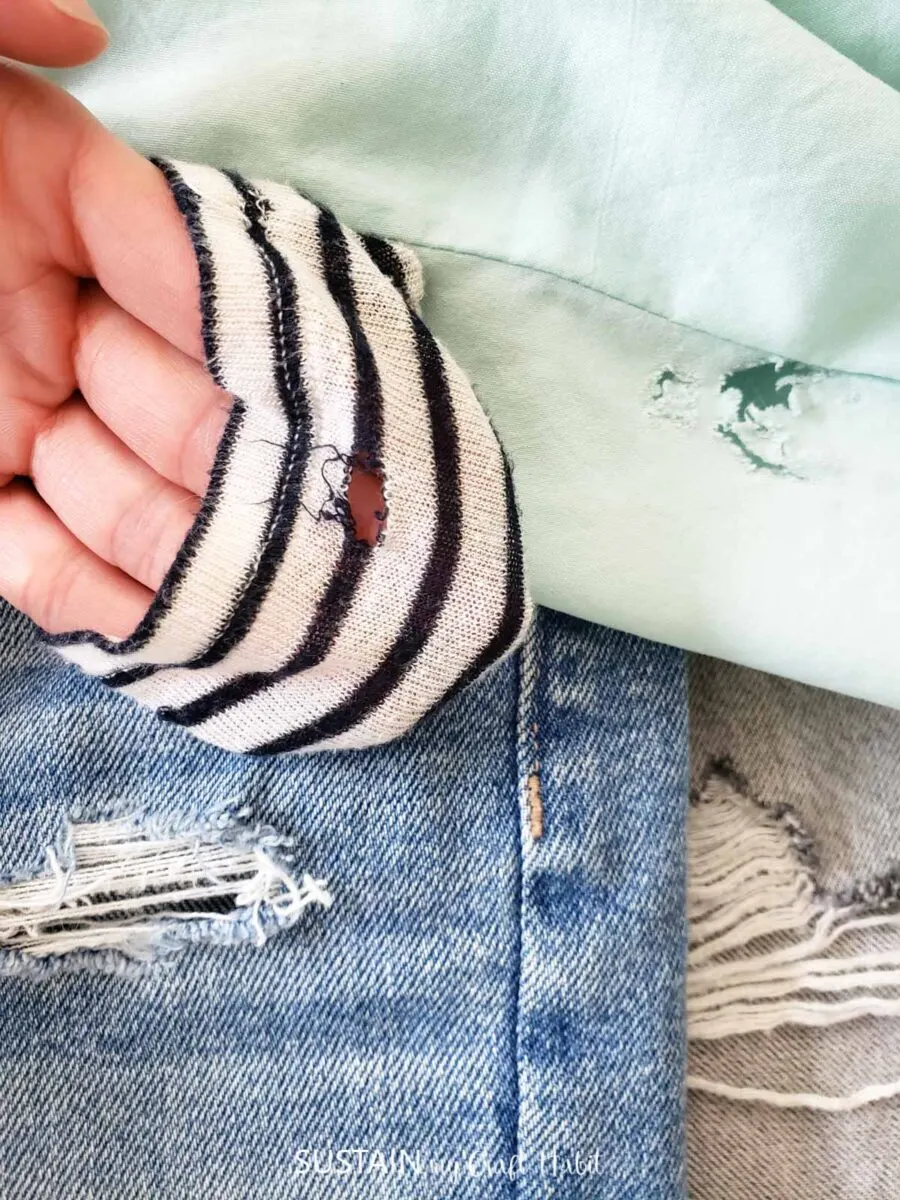
Disclosure: This post contains affiliate links for your shopping convenience. Should you choose to purchase through them, we will make a small commission at no extra cost to you. You can read our full disclosure policy here.
Fixing Holes, Rips and Tears to Make Clothes Last Longer
Knowing how to repair holes in clothes is a great way to prevent clothes from being tossed away. And the good news is that no matter the size or type of hole or rip, there is a way to give new life to that piece of clothing!
Consider the type of hole (or rip) you have in your clothes. Is it along a split seam (where the previous stitches have come undone)? Or is it an actual hole in the fabric that needs to be fixed?
You can skip to the section of the post that suits your needs by selecting the sub category links found here –
How to Fix a Small Hole in the Fabric
Fixing a Larger Hole in the Fabric
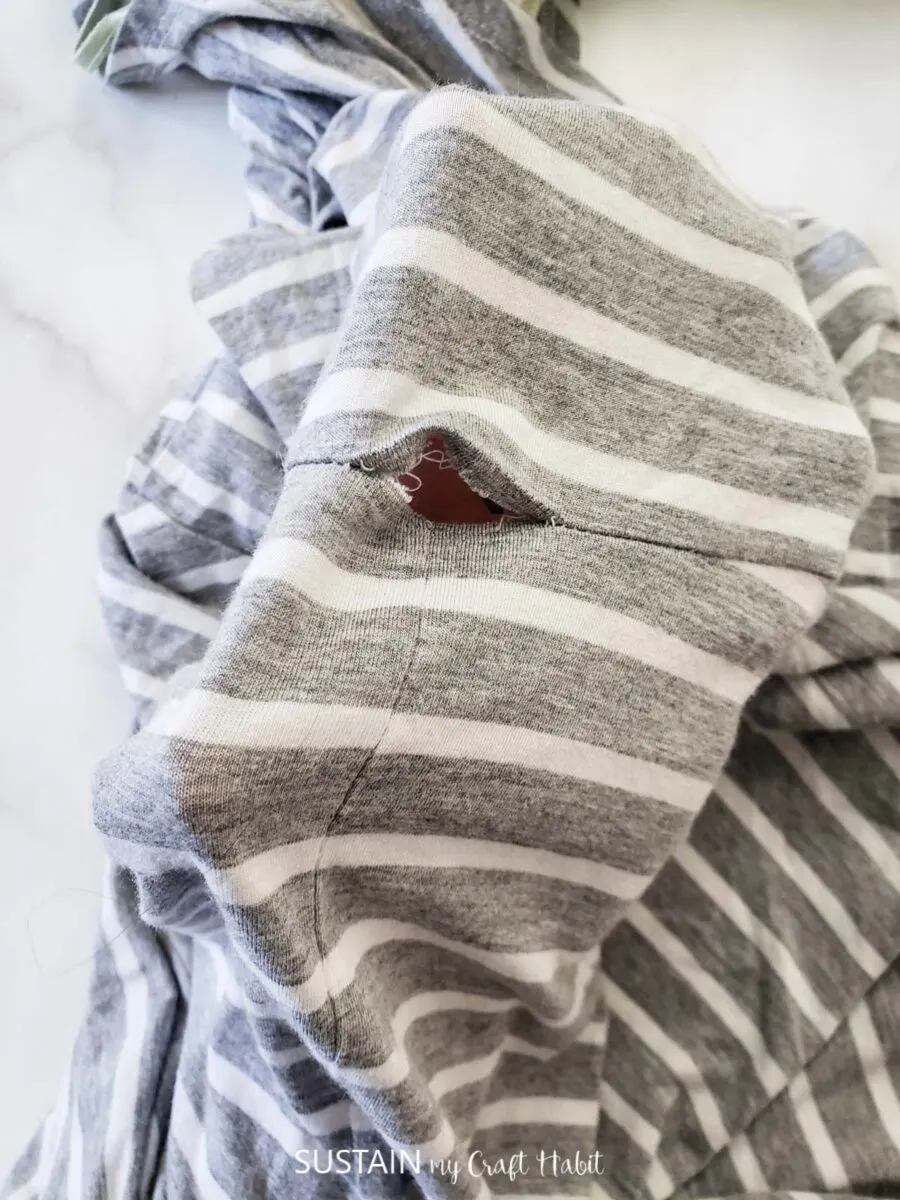
Split Seam 
Larger Hole in fabric 
Small hole in fabric
How to Repair a Split Seam
Occasionally, a ripped seam will form along a stitch line from normal wear and tear or from poor stitching quality. This is the easiest type of hole to fix! If this is your situation, breathe a sigh of relief and follow these simple steps. The hole can be repaired two ways: by hand sewing or with a sewing machine.

With Hand Sewing
Turn your piece of clothing (whatever it is, tshirt, dress, pant, etc) right side in (in other words, right side of the fabric facing together).
Align the edges of the seam allowance where the hole is.
Choose the right sewing needle for the type of fabric:
- Thicker fabrics (such as denim or canvas) require a larger, thicker needle size (such as an 8 guage needle), while a lighterweight, thinner fabric requires a smaller sized thin needle (such as a 16 guage needle).
- Select a needle with a rounded tip for knits and a sharper tip for woven fabrics
- If needed, use a thimble (or finger cap) to protect your index finger from pushing the end of the needle through the fabric or push the end against a harder surface
Cut a piece of thread 2x the length of the hole. Since the thread won’t show on the right side, a matching thread color is not necessary.
Thread the appropriate sized sewing needle with the thread and pull the thread through until both ends of the thread are aligned.
Knot the ends of the thread in to a small knot. If you’re working with stretchy fabrics, make a double knot to keep the knot from pulling though the stretch fabric when sewing.
Working from one end of the split seam to the other, sew the hole closed with the needle and thread.
Knot the end of the thread and then clip any excess thread.
With Machine Sewing
Turn your piece of clothing (whatever it is, tshirt, dress, pant, etc) right side in (in other words, right side of the fabric facing together).
Align the edges of the seam allowance where the hole is.
Stitch along the original seam line with smaller stitches and be sure to overlap the intact part of the original seam. Backtack the start and end of your stitching to secure the threads. Lastly, carefully lip any loose threads.
How to Sew a Small Hole or Tear in the Fabric
Now if you happen to have a small hole somewhere else on your clothing that is not along a seam line, that requires some creativity! A hole in the fabric means there is fabric missing and these smaller holes can lead to bigger holes if they are not fixed in time.
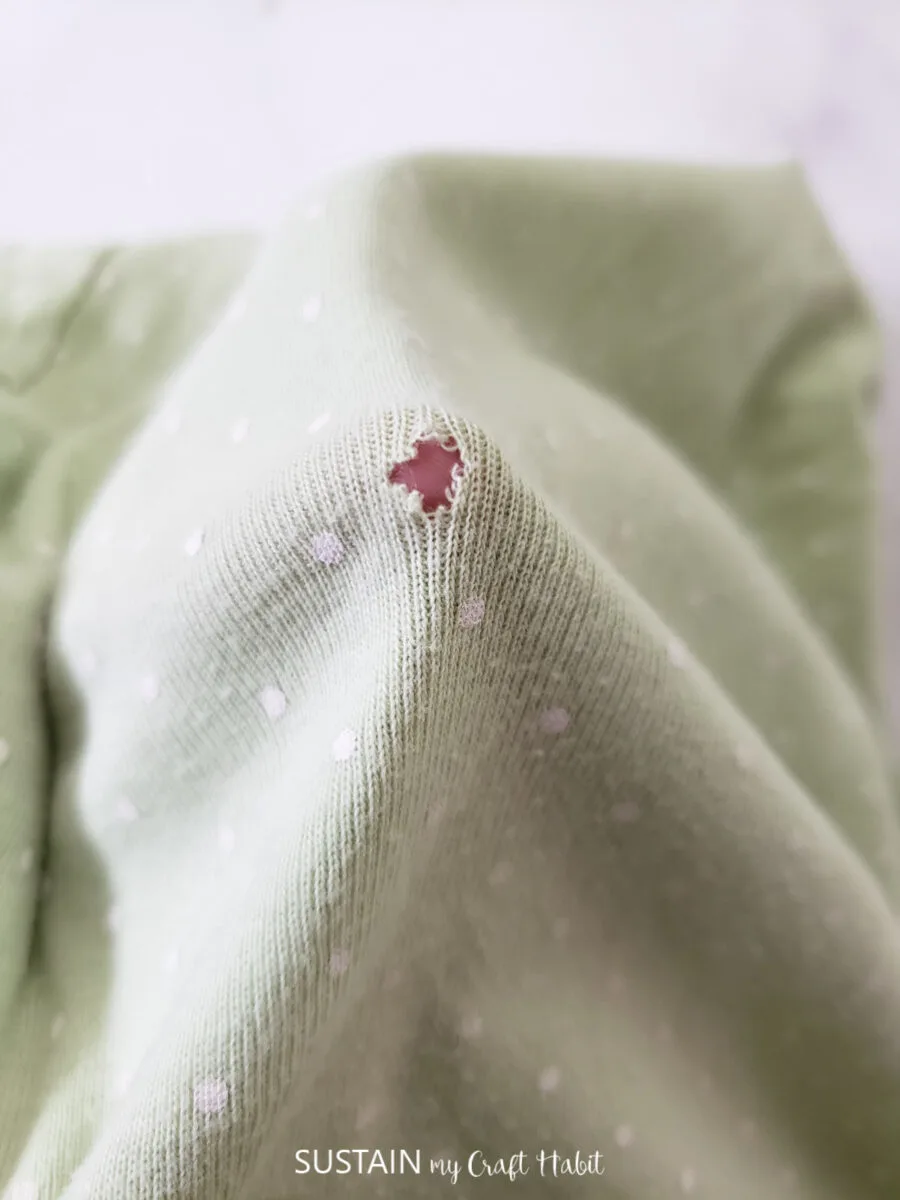
With Hand Sewing
Turn your piece of clothing right side in and align the raw edges of the hole.
Thread a needle with a thread that is a close match in color and knot the ends of the thread in to a small knot.
Starting on side of the hole, join the edges together with small and even stitches.
Trim the loose thread and turn your piece right side out. You will likely see a small pucker in the fabric.
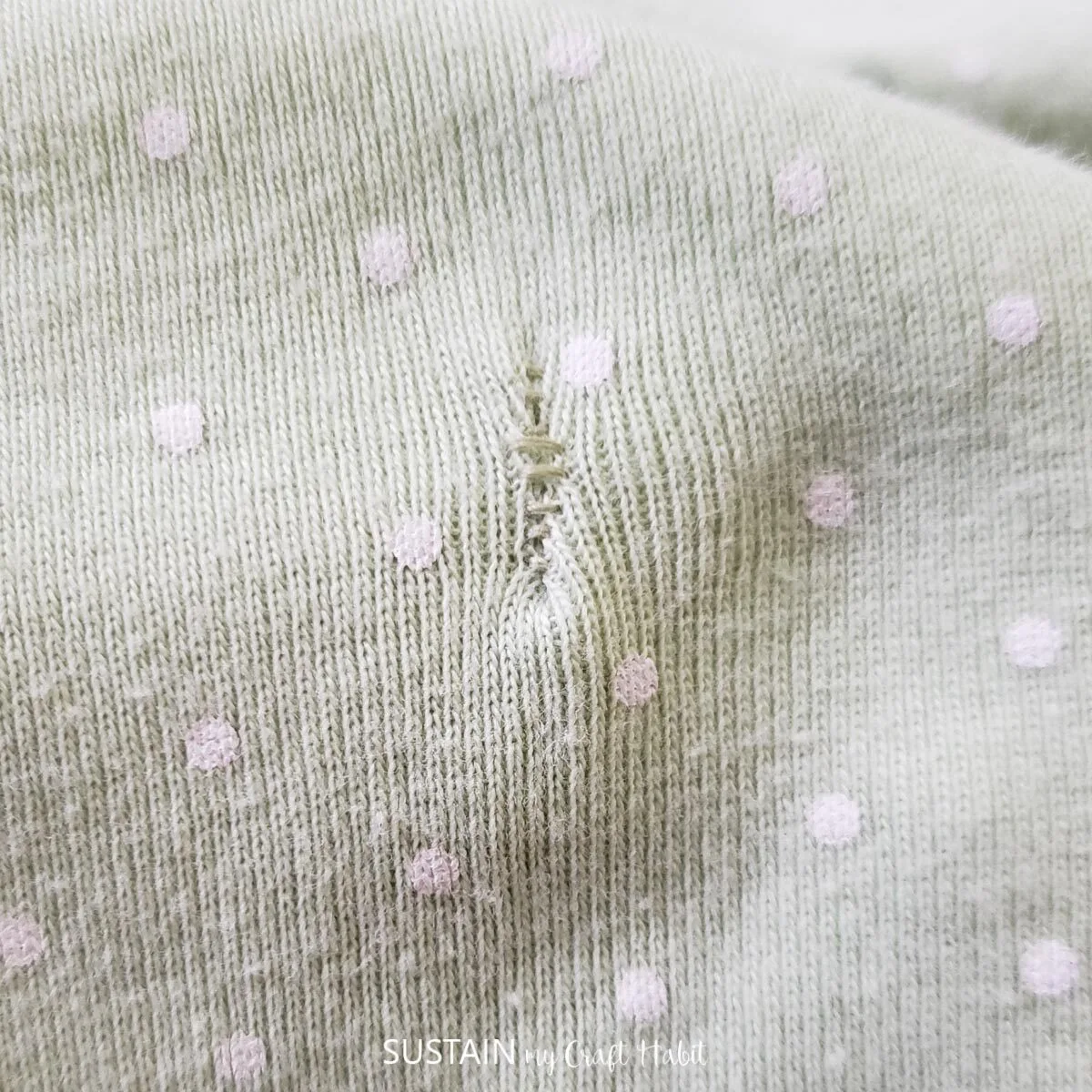
With Machine Sewing
Turn your piece of clothing right side in and align the raw edges of the hole.
Run a zig-zag stitch along the edge closing up the small hole. Trim the loose thread and turn your piece right side out. You will likely see a small pucker in the fabric.
How to Repair a Large Hole in the Fabric
If you have a larger hole somewhere on your clothing, like on the knee, then sewing a patch or applique is one of the best ways to mend a hole.
I did this method on a pair of favorite jeans that had a larger hole at the upper thigh that I no longer wanted.
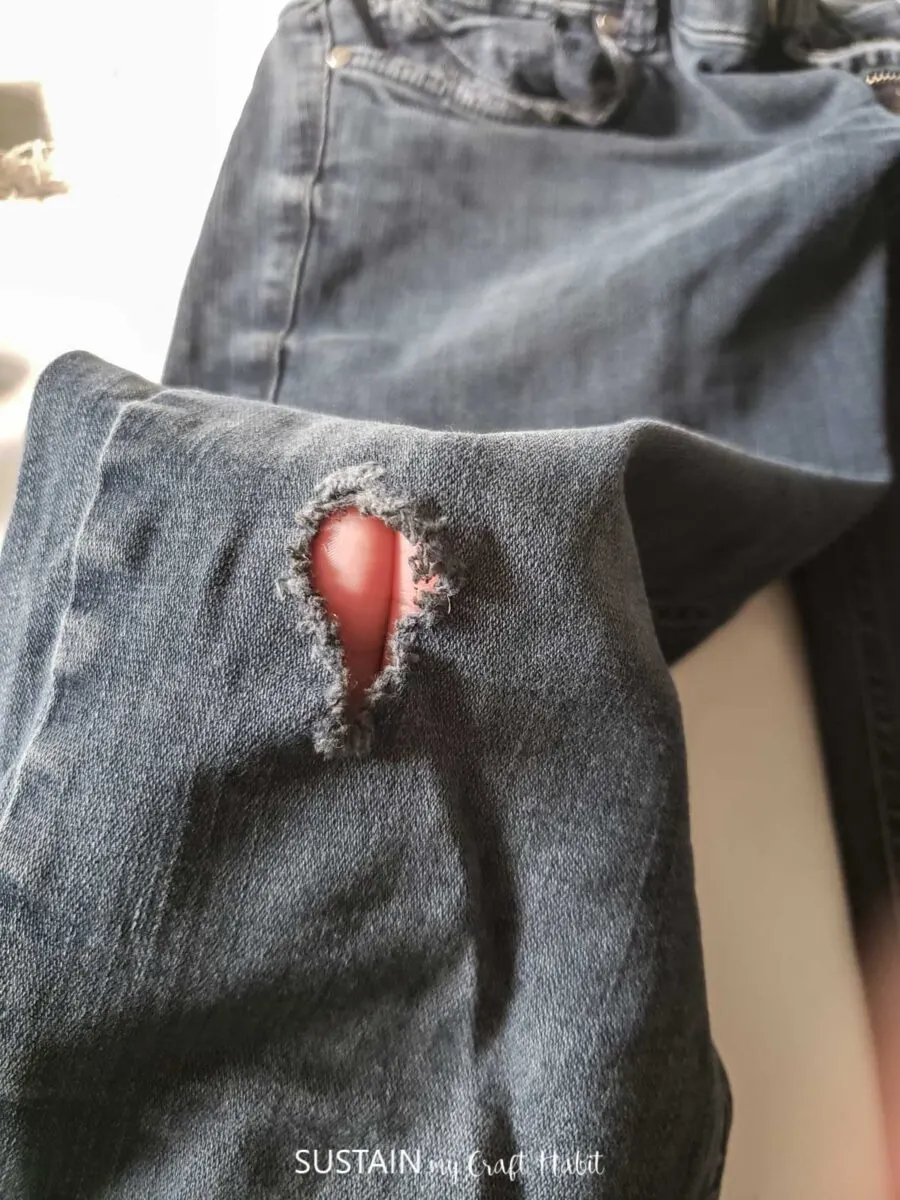
The only difference between an applique and a patch is how you use it. An applique is placed on a base or background fabric and is usually embroidered for decoration before applying it over a hole. Take the picture below as an example: how pretty is this flower applique! Whereas, a patch is usually a piece of fabric that connects pieces or covers a hole without using a background fabric.
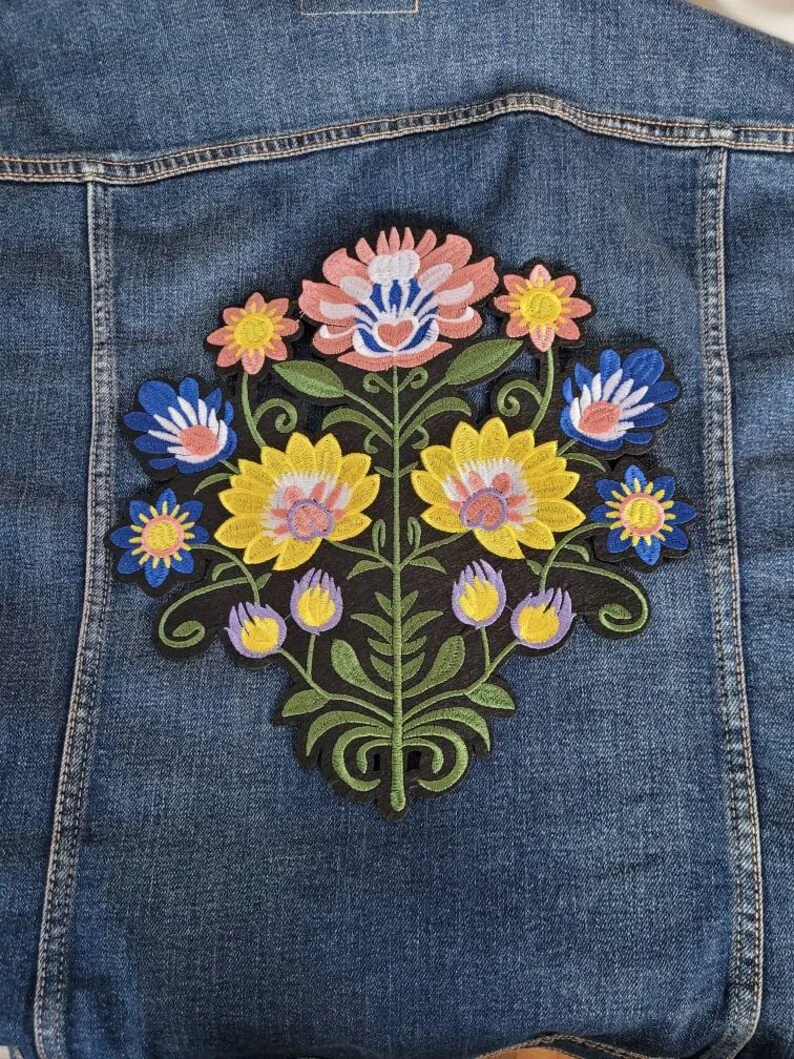
Adding a patch to reinforce a large hole
Lay the pair of jeans (or whatever piece of clothing it is) on a flat surface with the hole facing up.
Use a piece of scrap fabric that is cut to a size larger than the hole. Cut the edges of the patch in to a circular shape with fabric scissors or with pinking shears to prevent edges from fraying.
Insert the patch to the underside of the hole. Pin in place.
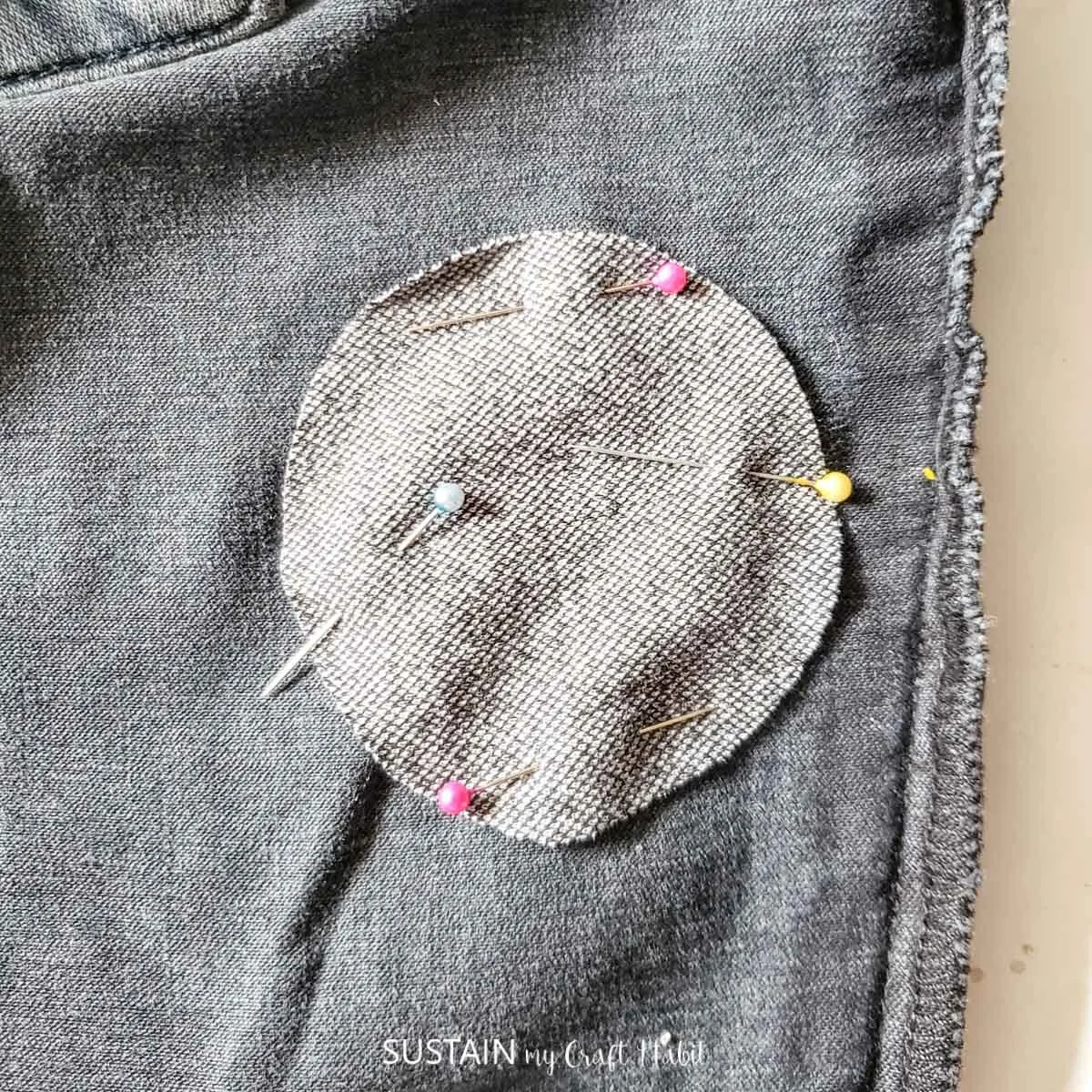
Thread a needle in a matching color thread and sew slip stitches around the perimeter of the patch joining the layers together. Alternatively, you can use a machine stitch as well.
Turn your piece right side out. At this point, you can reinforce the stitching with smaller hand stitches and then remove the basting stitches.
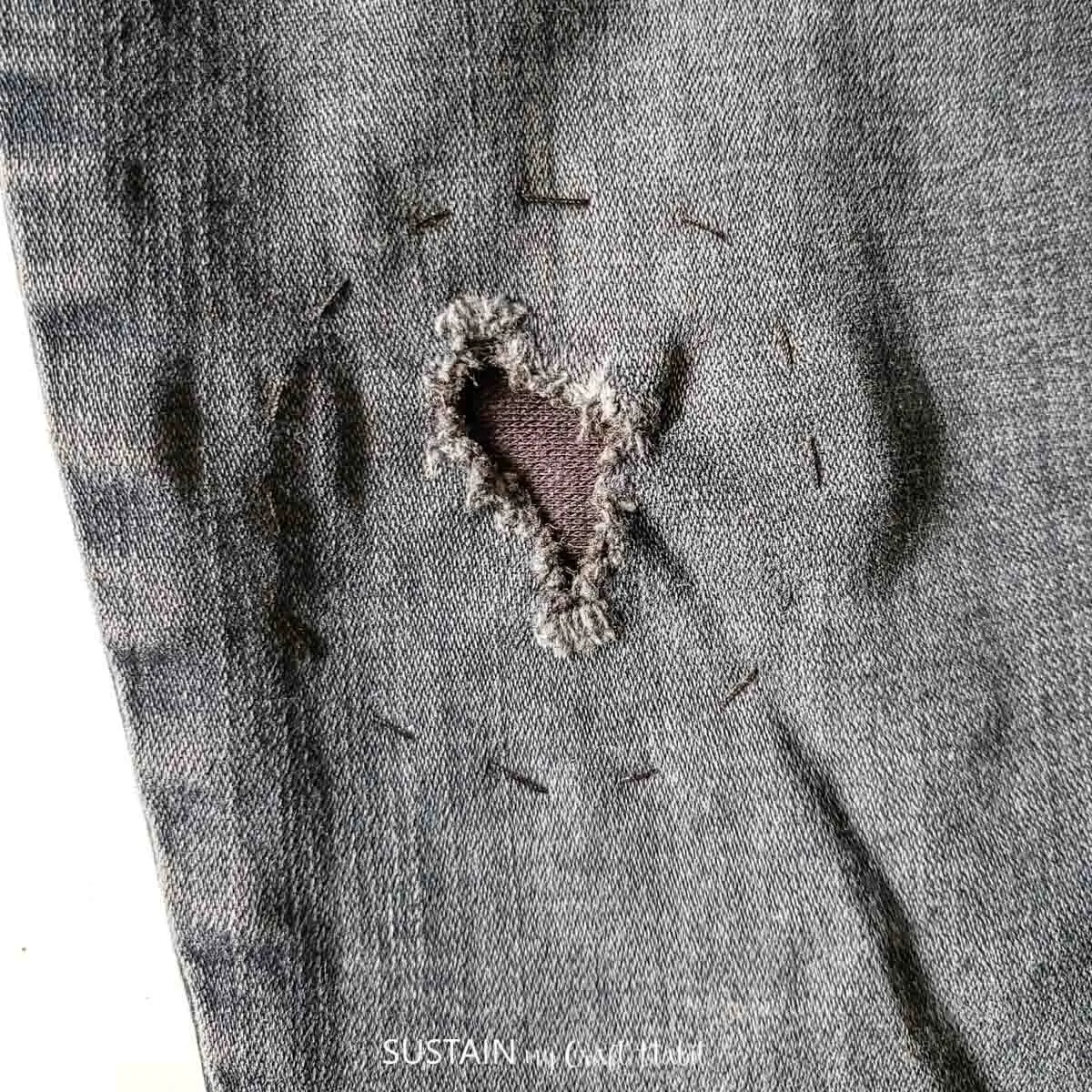
Or you can take this to the sewing machine to reinforce the patch with additional sewing. In this case, I did rows of straight stitches through the patch. You can also do a zig zag stitch if you prefer.
Lastly, remove the basting stitches.
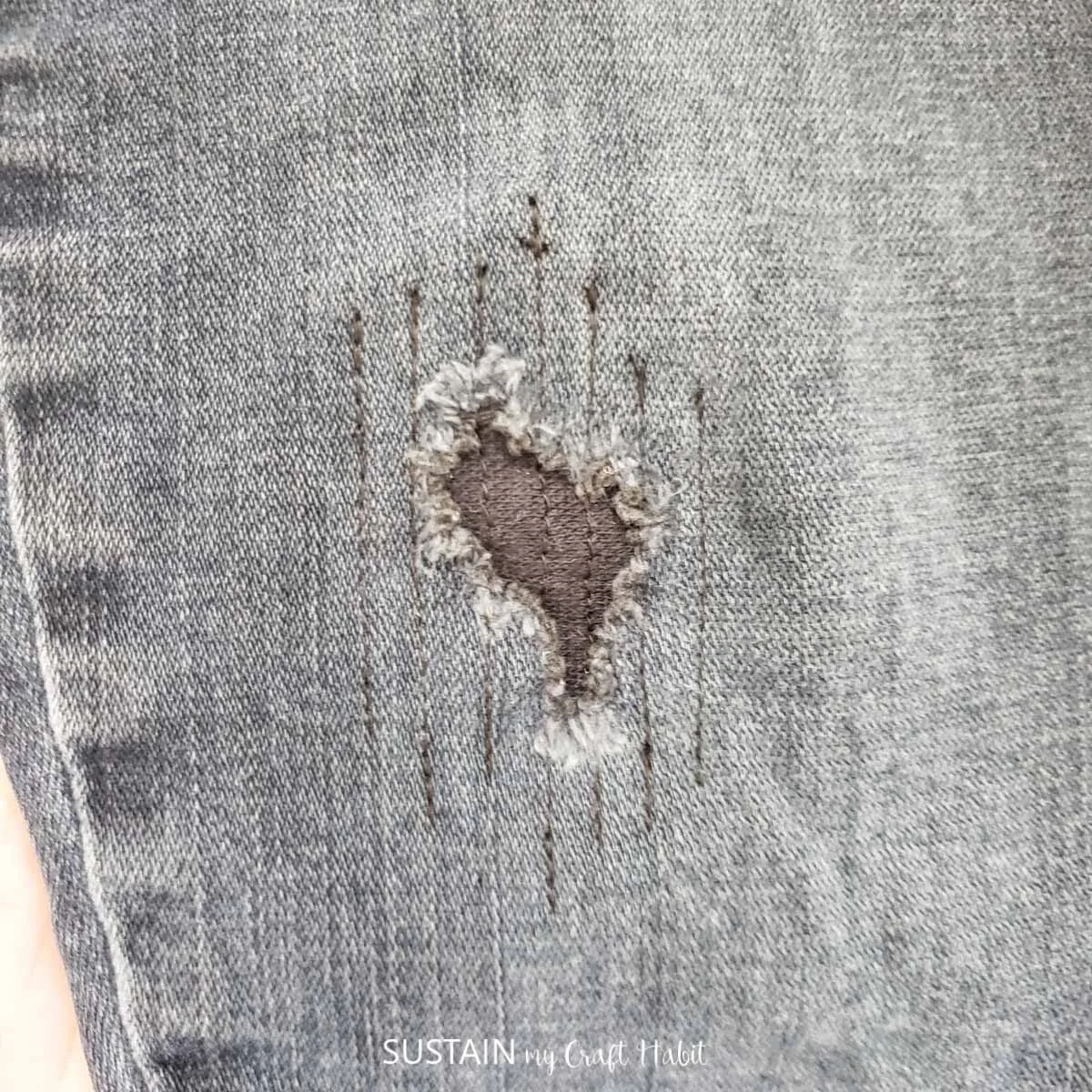
If you dont have any scrap fabric lying around, consider some of your old clothes or going to a thrift store to find inexpensive fabric to use.
Adding an Applique to reinforce a large hole
You can find so many fun appliques at a local craft store or even online like this flower applique or this red peony applique, this butterfly applique and the heart appliques. And if you don’t want to buy an applique, you can also make your own by cutting a scrap piece of fabric then adding a stabilizer to the back side such as fusible interfacing. Finish the raw edges with a zig zag stitch or merrow stitch.
Appliques tend to be bold and graphic, more for aesthetic purposes than function so keep that in mind when picking out your applique.
More Sewing Guides and Free Sewing Patterns
- 7 of the Best Sewing Scissors
- How to Sew a Button like a Pro
- How to Sew a French Seam: the Ultimate Guide
- Cross Back Apron – FREE printable sewing pattern
We hope this guide to fixing holes and tears in your clothing is helpful and makes your clothes last longer! Thanks for visiting us here on the blog!
Get updates on the latest posts and more from Sustain My Craft Habit straight to your inbox by joining our weekly newsletter. We promise to send you only the good stuff.
Like it? Pin it for later!
